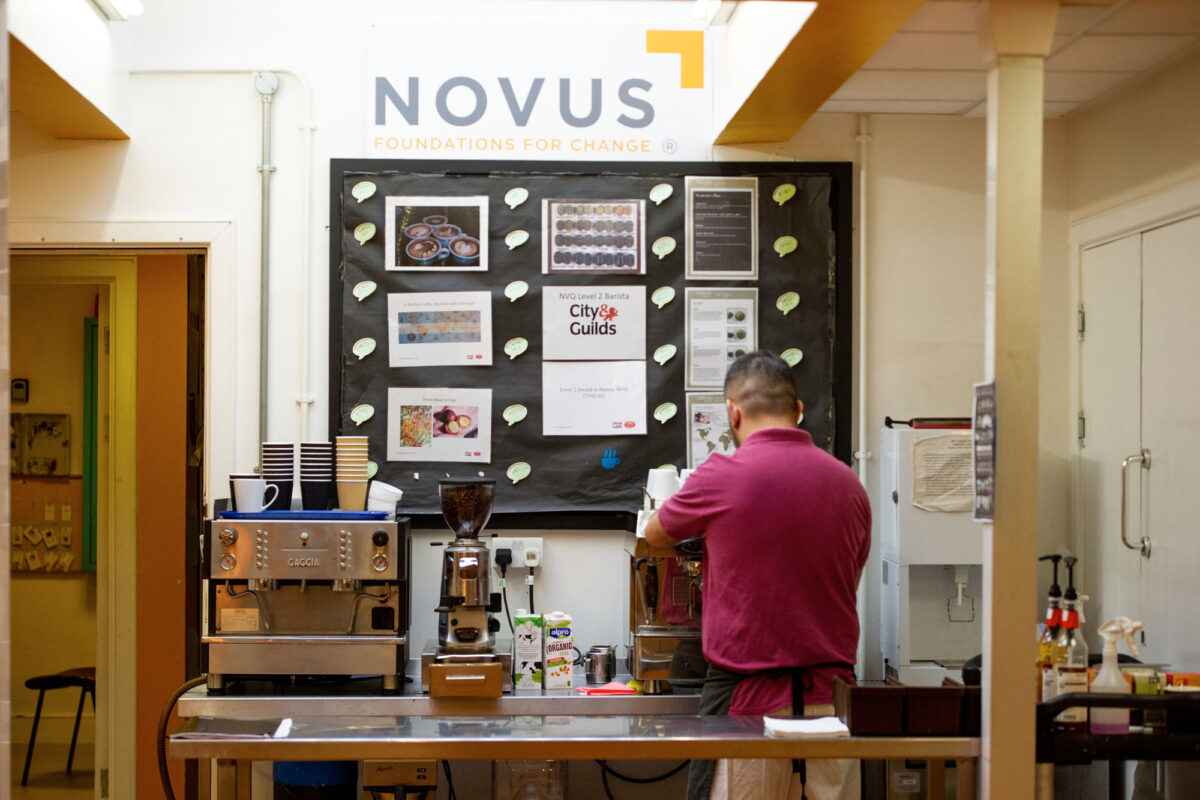Now is the time to build an effective upskilling culture in individuals

As we’ve witnessed over the past months, workplaces and schools have evolved beyond anything we could imagine. Seemingly overnight, we were suddenly required to work and learn in a different way, with different skills asked of us. This, in essence, underpins why a continuous habit of upskilling is important. Those who had built a range of different skills, especially digital, will have had a much easier time adapting to the uncertainty of 2020 and 2021.
It can also give someone a lot more confidence in the future. Six-in-ten workers are concerned that automation is putting many jobs at risk and 39% worry that their job will be obsolete within five years. Updating skills to reflect current needs and the demands of the job market is an insurance policy against being unemployable in the future.
But it’s easier said than done. Building an effective, continuous upskilling culture in individuals is something that requires close collaboration between organisations, teachers, and individuals themselves.
With this in mind, here are five tips to encourage continuous upskilling in individuals.
1. Make it relevant
Let’s face it, nobody will feel encouraged to learn if they don’t see how their efforts will improve their day-to-day. Personalising learning opportunities to each individual will ensure all of their learning is put to use in building their career prospects, and making them better at their current and future roles.
A key part of this is understanding what kind of upskilling each individual wants. Everyone has a different learning style, so cater for a range of styles with content that spans visual (video and graphic), audio (podcasts and video) and physical (events and on-the-job). With the advent of search engines and social media, people have the opportunity to learn in so many ways. Some of the most popular among those in positive learning environments are messaging apps, media websites, learning apps and social networks.
Take advantage of that by curating the best content from across the Internet to offer them when they’re ready and able to learn.
That brings me to an important point. People learn at different times of the day, so offer content that they can easily access whenever they want. For a busy working parent, this might be after the bedtime rush. For those working odd shifts, this might be whenever they commute. Having learning ready for anyone, anywhere, will drastically increase its accessibility and uptake.
2. Make it actionable
People need the ‘why’ behind learning, and they need it relatively quickly after the learning event. Some reasons why someone will be encouraged to learn include:
- Being able to transact on their new skills, in promotion or pay-rise discussions for instance.
- Taking the next step in their career, through promotion or a lateral shift to a new department. Indeed, 91% of those in positive learning environments state that they learn to prepare for their long-term career aspirations.
- Dealing with future job uncertainties or preparing for an upcoming role shift.
Another aspect to this is offering experiential learning. This involves actioning and stretching new skills within a short period of time post-learning. It ensures people don’t forget the new skills that they’ve just learned and helps them see the potential in what they’ve upskilled in. This doesn’t necessarily mean a new role or project, you could also offer volunteering or mentoring opportunities, stretch assignments with another team, or teaching peers.
3. Make it social
We’re in an unprecedented time of social isolation. But we, as humans, are built for community. Augmenting your learning program with opportunities to share and learn from others will help people reinforce their new skills and collaborate with others. It’s particularly important in places where remote learning and working has become the norm as it provides another touchpoint for people to meet and interact with each other. Almost half of those in positive learning environments (45%) say that they regularly learn from their peers and colleagues.
4. Make it equal
This closely links with my above point about making learning accessible to everyone regardless of their other commitments, work styles, or backgrounds. Everyone needs a chance to access the same learning opportunities that are tailored to their needs and aspirations. Unfortunately, at the moment, younger people are twice as likely as older people to be offered opportunities to improve their skills and people in cities are 1.5 times as likely to get opportunities compared to those living in towns.
Shifting some, if not all, of your learning online will help with accessibility (people won’t have to travel to a specific classroom location, for example). It also helps to have personalised learning goals mapped out for every individual, so they know what to work on, where to find resources, and there’s accountability to meet a specific goal within a certain time. Managers will play a critical role in facilitating this — and they will have to understand that these opportunities and their efforts must be equally distributed across their team.
5. Make it trackable
One way to ensure everyone is getting the right learning opportunities and making consistent progress is to collect data on what people are learning, the skills being built, and comparing this to current cohort skill data and gaps. If everyone is invited to populate a skills profile, they can keep track of their learning (alongside their teachers or managers) and then see how they are improving. Better still, if they have a clear career goal to reach in a specific time, they can see how their learning has progressed them towards this. Relying on skill data to offer opportunities and have work-related discussions will also go some way in reducing bias.
On everyone’s New Year resolutions
Continuous upskilling is a habit that everyone should really put on their resolutions this year. However, it isn’t a one-person activity. It takes a team to support someone in building the right learning habits, from the academic institutions that first introduce people to learning, to employers who continue upskilling in the workplace. And, of course, individuals themselves who ultimately own their careers and the upskilling that goes into building it.











Responses